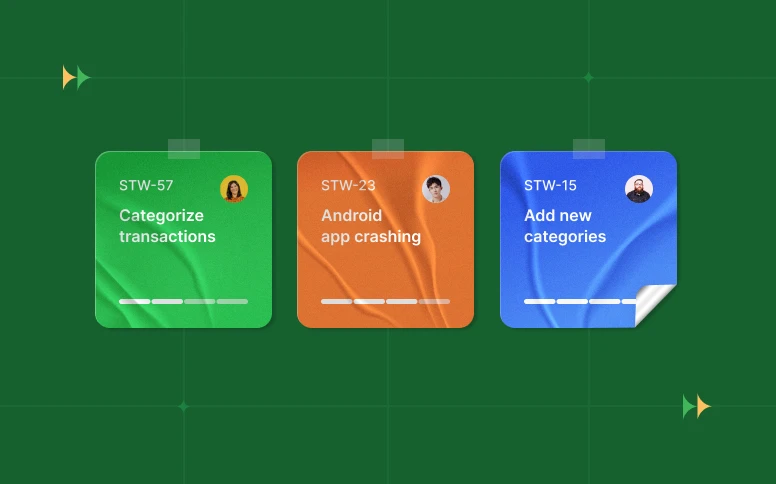Agile Planning: Step-by-Step Guide for Agile Projects and Sprints
3,774
Tue, Apr 9
Projects

Paul Burke
Senior Writer

Many companies implement Agile methodologies in their projects, seeking to increase overall productivity. Eventually, Agile-based projects are more successful than traditional ones: while the success rate of Agile projects is 42%, for traditional Waterfall projects, this rate is about 14%.
In this article, we’ll uncover the definition of Agile, the planning steps, the differences with Scrum planning, and some templates and software to use while planning your Agile projects.
Agile Project Management Definition
Agile is a flexible approach to project management. Originally applied to the development process, nowadays, Agile is widely used by many teams and industries. Without digging into Agile principles, we can define its main idea as the ability for projects to easily adapt to changes and new requirements.
The idea of change management affects Agile-based projects throughout their whole lifecycle. It means that when you plan a project, you should leave a space for changes. So, before starting a project, take some time to learn materiels and Agile planning essentials.
First of all, let’s handle some terms.
What is Planning in Agile
Agile planning is a widely-used management style. In a nutshell, it implies an iterative approach, so the project is divided into several phases, called iterations. In each iteration, there are a few sprints. Sprints are barely planned up ahead before starting a project. In most cases, Agile planning means that you’re adding changes and requests from stakeholders or owners to the work, so it’s impossible to plan what’s inside each sprint and interaction before starting working on a project.
Planning in Agile is based on feedback, requests, and user stories. Basically, we can split Agile planning into two phases: project and sprint planning. These phases require different actions and consist of different steps. We’ll analyze each phase separately in the paragraphs below.
Agile has multiple planning strategies and methodologies. One of the most popular is Scrum planning. However, even Scrum can be considered as one of Agile methodologies, Agile and Scrum planning are a bit different.
Scrum Approach in Agile Project Planning
Scrum is very similar to the Agile planning approach, but there are some concept differences between them. In simple words, Agile is a framework with core ideas and principles, while Scrm is just one of multiple methodologies to follow the Agile planning process.
In some paragraphs above, we mentioned sprints. Sprint is a common practice in Scrum. It helps to avoid in-depth planning when starting a project, so you can quickly adapt to new requirements and changes before starting a new sprint. The core planning tool in Scrum is a backlog. The backlog is the place where all requests, user stories, and other possible features are stored. Tasks in the backlog can be prioritized, divided into different categories, and literally segmented by any parameters. It helps to plan one sprint once the previous is finished. If some tasks are not completed within a sprint, they’re taken to the backlog, and they’ll be marked as the top priority in the next sprint.
In general, the Scrum approach to project planning outlines the following principles:
- Plan not an overall project, but each sprint.
- Start planning a new sprint only when the previous one is finished right away.
- Review your results after each sprint.
- Handle the retrospective meetings after a sprint or two to review the results of the whole team.
To learn how Scrum planning differs from Agile, let’s go to the main steps of the Agile planning process.








